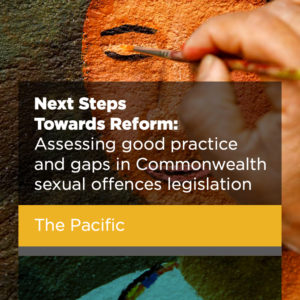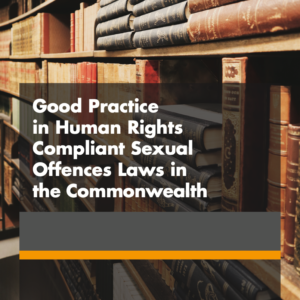In Tasmania, sexual offences laws are found in the Criminal Code 1924 (CC) as amended. The Evidence Act 2001 (EA) is applicable to sexual offences, containing for example the rules of evidence in relation to prior sexual conduct of a complainant in a sexual assault case.
Many of the provisions covered by this review meet good practice standards. For example, all forms of non-consensual sexual penetration – by penis, objects and other body parts – of all orifices are crimes. The consent provisions presume an absence of consent unless there is evidence of communicated free agreement. There are close-in-age defences to child sexual assault offences preventing criminalising consensual sexual activity between young people and their peers when one or both are under the age of consent.
The age of consent is 17 years for all. Consensual same-sex sexual activity is not a crime.
The CC explicitly states that corroboration of a rape or other sexual assault complaint is not required. The EA expressly states that evidence of sexual reputation is inadmissible and prior sexual conduct of the complainant is generally inadmissible, with limited exceptions.
Other aspects of the provisions are, however, not in accord with good practice. For example, non-penetrative offences are contained within the moralistically termed offence of ‘indecent assault’, which is not expressly defined in the CC to include all forms of sexual touching. Child sexual assault provisions are limited and do not cover offences such as sexual communication with a child, causing a child to watch sexual acts, or sexual abuse by a person in power or authority. These may be covered under Federal criminal law which is not assessed in this report. The offence of ‘maintaining a relationship with a child’ is problematic as sexual intercourse with a child is sexual assault, not a ‘relationship’. It would be better characterised as persistent child sexual abuse.
The full assessment of Australia is available here.



